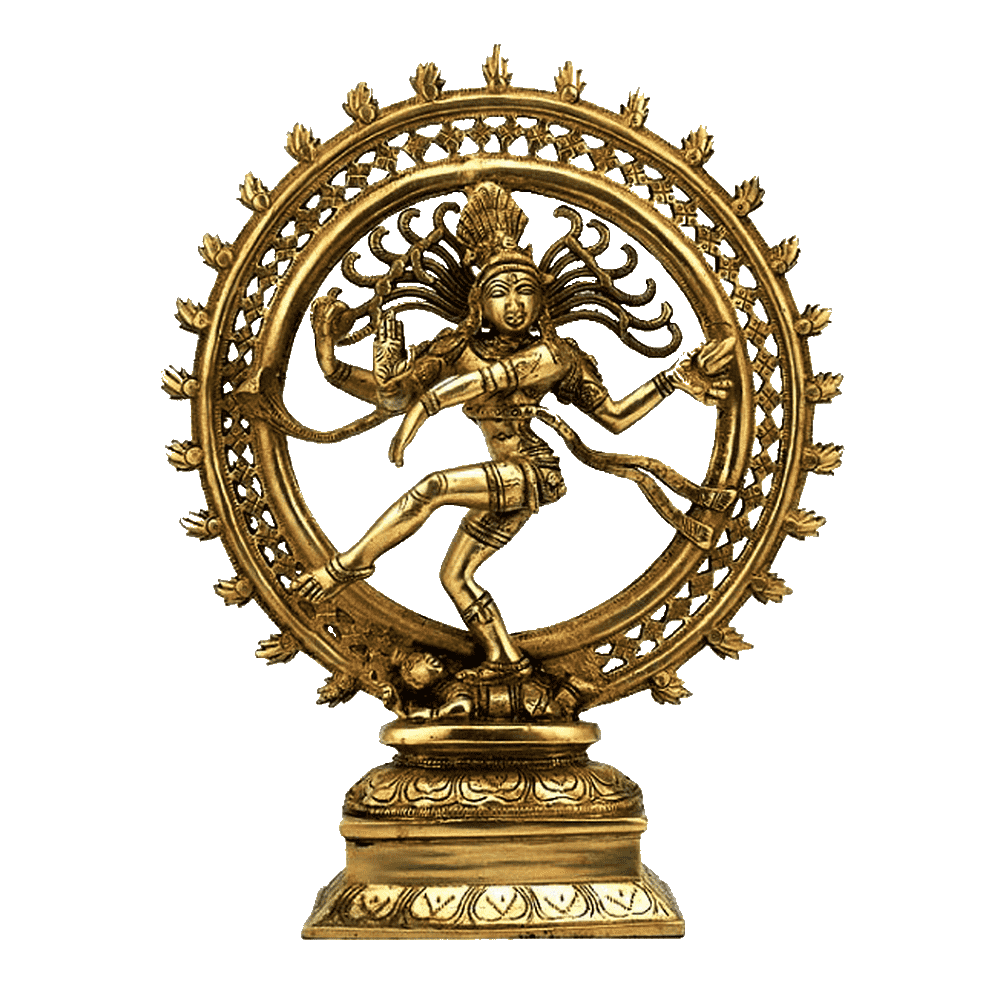
Kriyākalpataru
of śaktinātha Kalyānakara
A Comprehensive Handbook on Ritual Worship and Ceremonies
Introduction:
Kriyākalpataru, authored by śaktinātha Kalyānakara, stands as a celebrated and revered handbook in the realm of ritual worship and ceremonies. This ancient text serves as a guiding light for spiritual aspirants, providing detailed instructions on the precise procedures, mantras, and mudras required to perform various spiritual practices and puja rituals with utmost precision and unwavering devotion. The Kriyākalpataru has traversed through centuries, preserving the sacred knowledge of Vedic rituals, and continues to influence modern practitioners seeking to connect with their spiritual selves.
Historical Context:
Śaktinātha Kalyānakara, a distinguished sage and scholar, composed Kriyākalpataru during a time when the rich tapestry of Vedic traditions flourished. It is believed to have been written several centuries ago, and its teachings have been passed down through generations, maintaining its relevance in the present day. This profound work captures the essence of ancient Indian spirituality, preserving the essence of timeless rituals and practices.
Structure and Content:
Kriyākalpataru is a comprehensive text, meticulously organized into various chapters that cover a wide array of spiritual practices and puja rituals. The content is presented in a structured and coherent manner, making it accessible for both novice and experienced practitioners. Some of the key sections of the text include:
Prerequisites and Preparations:
This section emphasizes the importance of mental and physical purity before engaging in any ritual. It lays down guidelines for practitioners to purify themselves through meditation, mantra recitation, and other preparatory practices.
Puja Vidhi (Ritual Worship):
The heart of Kriyākalpataru lies in its detailed descriptions of different forms of puja (worship). It provides step-by-step instructions on setting up the sacred space, invoking the chosen deity, offering various rituals, and performing aarti (a devotional ceremony involving the waving of lamps).
Mantras and their Significance:
The text elucidates the significance of mantras in spiritual practices and provides a collection of potent mantras dedicated to various deities. It also sheds light on the correct pronunciation and intonation of mantras to harness their full power.
Mudras (Hand Gestures):
Kriyākalpataru delves into the art of mudras, which are symbolic hand gestures that accompany rituals and meditation practices. These mudras are believed to channel divine energy and facilitate spiritual awakening.
Homam (Fire Rituals):
The text elaborates on the sacred fire ceremonies (homam), their purpose, and the precise manner in which they should be performed to invoke divine blessings.
Spiritual Significance:
Kriyākalpataru holds immense spiritual significance as it not only imparts knowledge on rituals but also emphasizes the essence of devotion, sincerity, and discipline in one’s spiritual journey. The text is a repository of sacred wisdom, aiming to bridge the gap between the mundane and the divine, offering seekers a path to transcendence and union with the divine source.
Conclusion:
The Kriyākalpataru of śaktinātha Kalyānakara remains a timeless masterpiece that continues to inspire and guide spiritual aspirants on their journey of self-discovery and divine communion. Its relevance in modern times reflects its profound impact on the lives of those who seek to understand and practice the ancient Vedic traditions. As a celebrated handbook on ritual worship and ceremonies, this comprehensive text serves as a precious gem, shining with the wisdom of the ages and illuminating the path to spiritual awakening and fulfillment.
Editor – Kaalchakra Team
[ Note – Before Concluding anything as a Finale, Please Go through Original Scriptures of Vaidik Literature Written in Sanskrit and Also with Meaning of That time of Language. Because English is a Limited language to Explaining the Deeper Knowledge of Vaidik Kaal. ]
